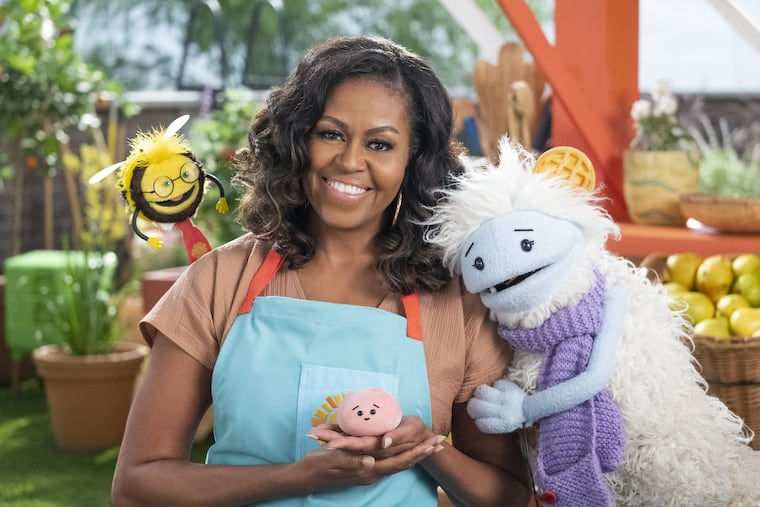Link copied to clipboard
Link copied to clipboard
Exclusive to subscribersYou can now gift articles
Meet the West Philly native behind the animation in Netflix’s ‘Waffles + Mochi’
Waffles + Mochi is layered with winks and nods to parents, especially in its detailed animation sequences.
